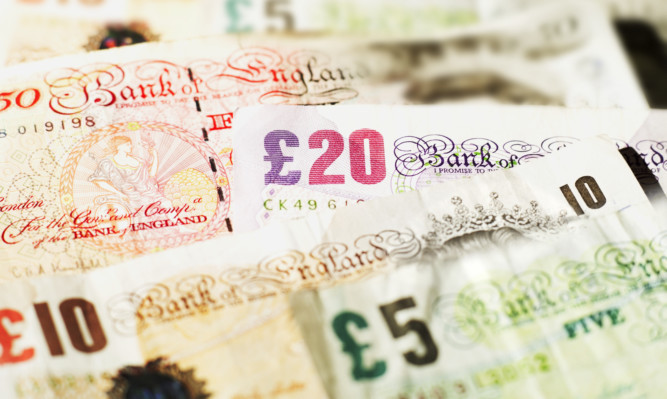The sum lost to high-value fraud in Scotland almost halved last year to £4.7 million.
The cost of large-scale fraud – cases amounting to £100,000 and over – was down 46% from £8.6 million in 2014, according to analysis by KPMG.
The number of fraud cases also fell from 13 to 12 but the volume of scams committed by staff and management against their own employers increased from six in 2014 to 11 last year.
In the public sector, £2 million was lost to fraud in 2015 compared to less than £700,000 the previous year.
A senior NHS worker from Ayrshire was jailed for stealing surgical equipment worth £1.3 million and two council bosses received prison sentences for abusing their position and taking bribes from contractors.
A Glasgow book-keeper was convicted of stealing £220,000 from a client after claiming he had won the lottery to explain his sudden wealth.
Ken Milliken, head of forensic at KPMG in Scotland, said: “We report on the high-value cases which have come to court.
“We know from our work with organisations across all industries that there are many more instances of insider fraud and embezzlement.
“Organisations, particularly within the public sector, need to look at their own internal processes to make sure that opportunistic staff of all levels cannot exploit security gaps.
“Having strong fraud policies is not enough. More needs to be done by all organisations to truly understand the risks of fraud and to address those specific risks. The threat may not be where you expect it to be.”
There were no recorded cases of fraud by customers against businesses in Scotland, down from five cases in 2014.
Across the UK, the value of fraud cases prosecuted rose from £717 million in 2014 to £732 million last year.
